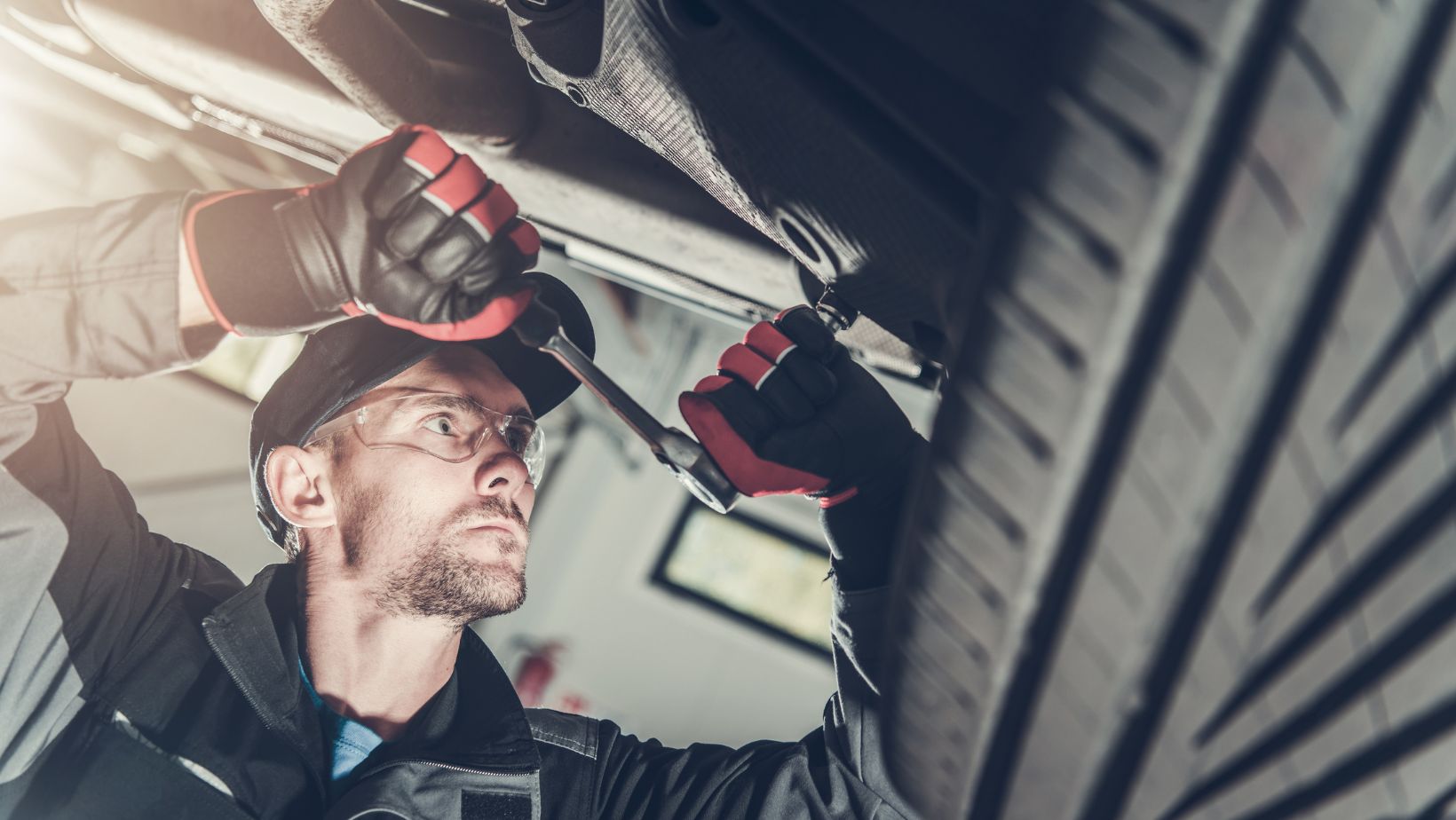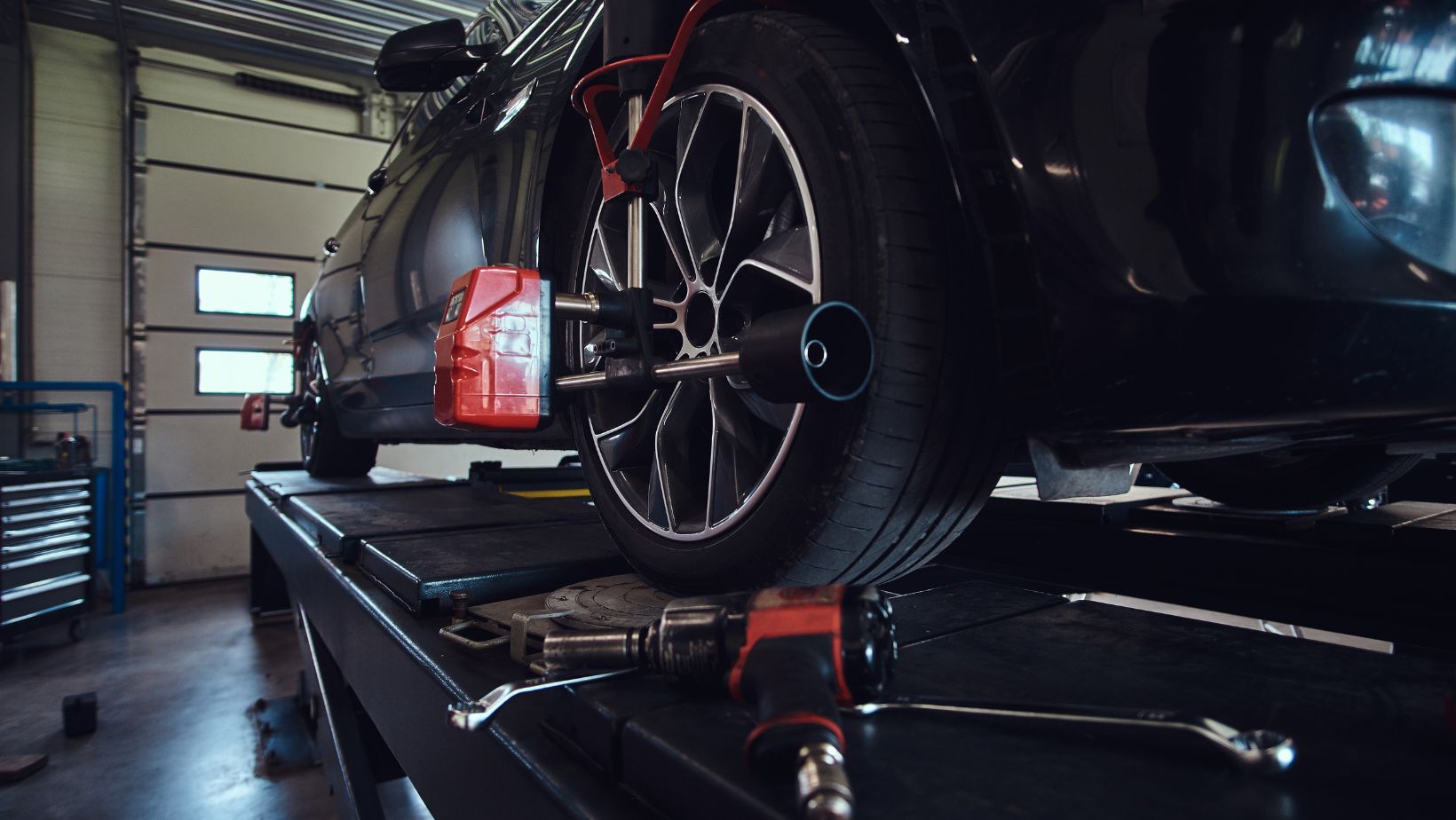Car Suspension Repair
Car suspension repair is an essential aspect of maintaining a smooth and comfortable ride. Whether you’re experiencing a bumpy drive or noticing uneven tire wear, addressing issues with your car’s suspension system is crucial for both safety and performance. As an expert in automotive maintenance, I’ll provide you with valuable insights into car suspension repair and guide you through the process.
When it comes to car suspension repair, it’s important to understand that there are various components involved, including shocks, struts, springs, and control arms. These parts work together to absorb shocks from the road surface, maintain stability during turns, and ensure proper handling of your vehicle. Over time, these components can wear out or become damaged due to regular use or harsh driving conditions.
Identifying signs of a faulty suspension system is key to getting timely repairs. Common indicators include excessive bouncing over bumps, nose-diving when braking hard, uneven tire wear patterns, drifting or pulling while driving straight ahead, and a noticeably rougher ride quality. If you notice any of these symptoms in your vehicle’s behaviour, it’s best to schedule an inspection with a qualified technician who can diagnose the issue accurately.

Common Signs of Car Suspension Issues
Having a well-functioning suspension system is crucial for a smooth and safe ride. However, over time, your car’s suspension may start to show signs of wear and tear. It’s important to be aware of these common signs that indicate potential suspension issues so that you can address them promptly.
- Uneven tire wear: One of the most noticeable signs of suspension problems is uneven tire wear. If you notice that your tires are wearing out more on one side than the other or if there are bald spots appearing on specific areas, it could be an indication of suspension misalignment or worn-out components.
- Excessive bouncing: When driving over bumps or rough roads, if you feel excessive bouncing or jolting from your vehicle, it might be a sign that your shocks or struts are worn out. Properly functioning shocks and struts help maintain stability and control by absorbing the impact from road irregularities.
- Pulling to one side: If you find yourself constantly correcting steering to keep your car moving straight ahead, it could be due to suspension issues. A car with alignment problems or worn-out suspension components may pull to one side while driving.
- Noise when turning or going over bumps: Unusual noises such as clunking, creaking, or squeaking when turning the wheel or going over bumps can indicate problems with the suspension system. These noises might suggest worn-out bushings, ball joints, or other components that need attention.
- Excessive body roll: When taking corners at moderate speeds, if you notice excessive body roll where the vehicle leans heavily towards one side, it could be a sign that your sway bar links are damaged or broken.
- Steering wheel vibration: If you experience vibrations in the steering wheel while driving at high speeds, it may indicate issues with your suspension system like unbalanced wheels, worn-out tie rods, or damaged control arms.
- Nose-dive during braking: When you apply the brakes and your car’s front end dives forward excessively, it suggests problems with the suspension. This could be due to worn-out shock absorbers that are no longer able to control the weight transfer during braking effectively.
Final Thoughts
If you notice any of these signs, having your car’s suspension system inspected by a qualified mechanic is important. Addressing suspension issues early on can help prevent further damage and ensure a safer driving experience. Remember, regular maintenance and timely repairs are key to keeping your car’s suspension in optimal condition for a smooth and comfortable ride.







































